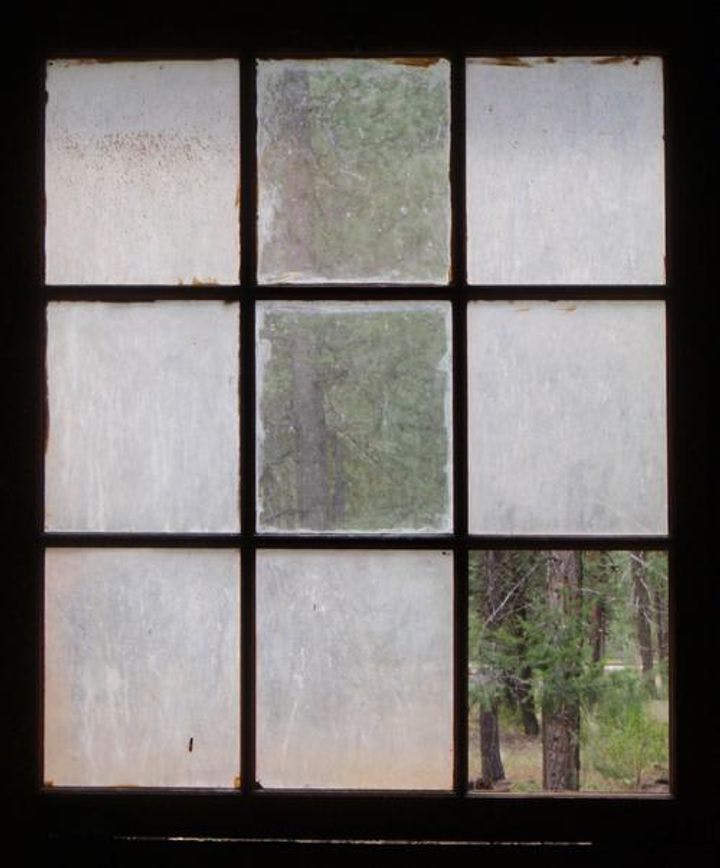Winter 2010
Transparency Traps
– The Wilson Quarterly
Government transparency may have emerged as a bipartisan cause in recent years, but is total transparency always good?
The basic premise of the call for more transparency in government is quite simple: Greater openness will ultimately lead to better governance. Just think how it would be if citizens could know exactly whom their representatives met with every day, or could easily track the dollars funding reelection campaigns. Advocates also clamor for more transparency in banking, medicine, and the news media. As Justice Louis D. Brandeis famously said, “Sunlight is . . . the best of disinfectants.”
Not so fast, writes Harvard Law professor Lawrence Lessig. Transparency has emerged as “an unquestionable bipartisan value,” but “we are not thinking critically enough about where and when transparency works, and where and when it may lead to confusion, or to worse. . . . The inevitable success of this movement—if pursued alone, without any sensitivity to the full complexity of the idea of perfect openness—will inspire not reform, but disgust.”
Take the issue of campaign contributions. For 30 years it has been possible to find the name of everyone who gives significant amounts to federal election campaigns, but it wasn't always easy. You had to get yourself to a government file cabinet, often located far from anywhere convenient. If you made it that far, you’d find that the files were a few months behind. Even today, Senate staffers collect campaign contribution data in sophisticated computer programs, only to print out their lists, forcing Federal Election Commission personnel to manually reenter the information into their own databases. The resulting lag allows senators to accept campaign contributions right before an election knowing they will remain under wraps until after the votes have been cast.
Transparency advocates hope to change this by employing information technology that would make it “trivially easy” to access the records. With little work, interest groups would be able to draw direct lines from congresspersons’ campaign finances to their votes. The trouble is, Lessig writes, “it is impossible to know whether any particular contribution . . . brought about a particular vote, or was inspired by a particular vote. . . . If there are benign as well as malign contributions, it is impossible to know for any particular contributions which of the two it is.” Transparency raises the specter of corruption, but fails to prove its existence. Elevated levels of suspicion encouraged by this “tyranny of transparency” corrode the public’s trust in Congress, whose approval rating is already hovering around a measly 20 percent.
What’s to be done? Without transparency, it’s impossible to discern the corrupting effects of money on a legislator’s decisions, but with transparency it’s too easy to see impropriety everywhere. Lessig says that the solution is to do away with the source of the insinuations altogether: the system of privately funded elections. “Sunlight may well be a great disinfectant,” he observes. “But as anyone who has ever waded through a swamp knows, it has other effects as well.”
* * *
The Source: "Against Transparency" by Lawrence Lessig, in The New Republic, October 21, 2009.
Photo courtesy of Flickr/V. H. Hammer
